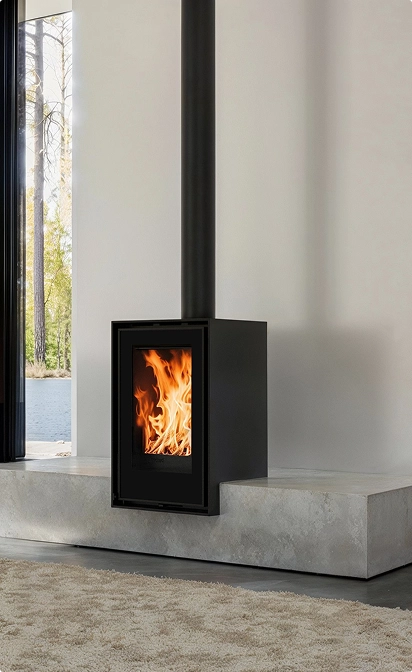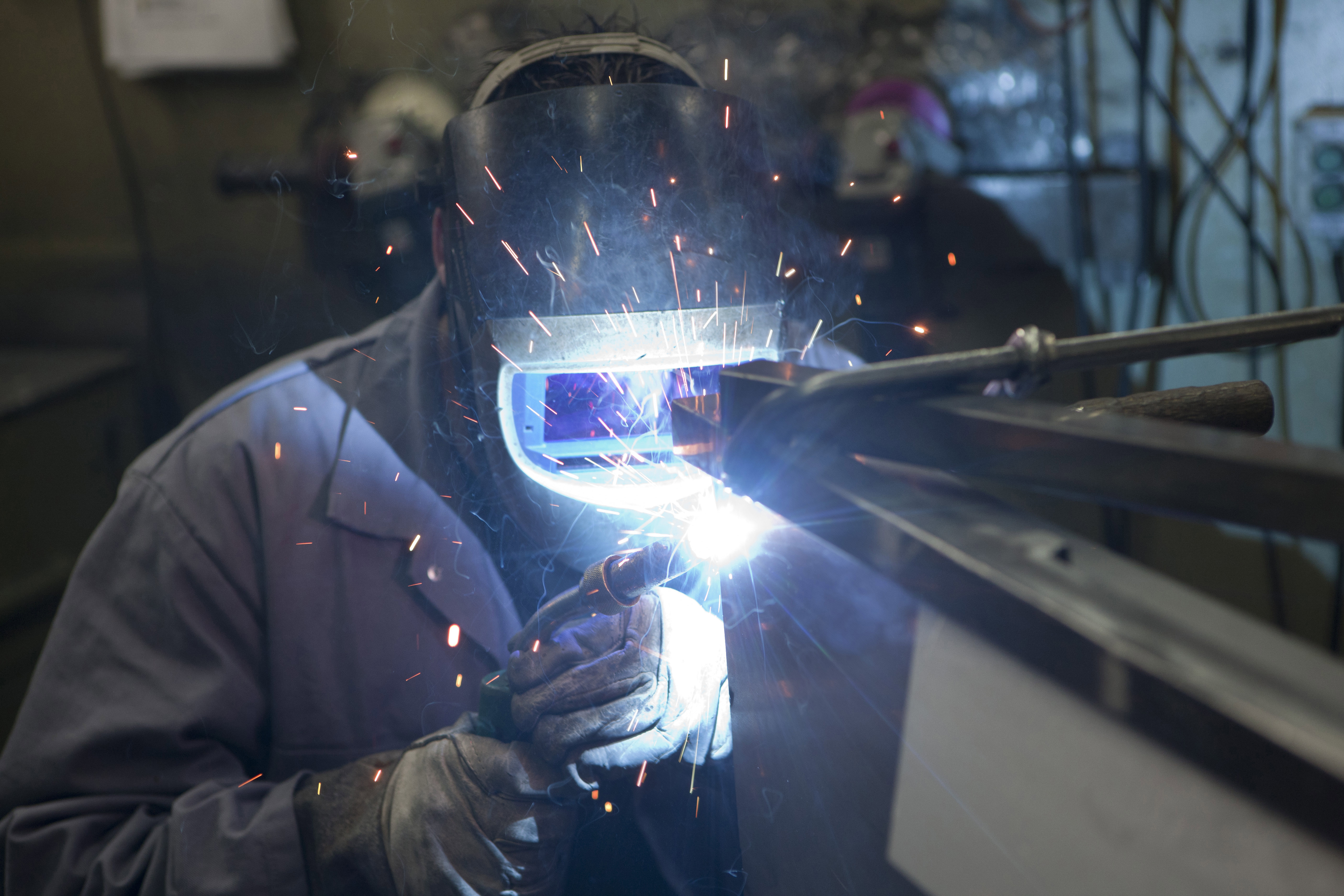You want to get the most out of your wood stove, and that starts with learning how to burn wood properly. With these 10 practical tips, you'll enjoy a beautiful fire, clean combustion, and a safe environment.
The Art of Wood Burning: 10 Tips
A perfectly built fire
Wood burning is serious business.
Preparation
1. Choose a stove with the right output
A wood stove that's too powerful or not powerful enough for your space won't work efficiently. The result: incomplete combustion, more smoke, and a poor fire. It’s also unhealthy and harmful to the environment.
2. Have your chimney cleaned regularly
Have your chimney cleaned at least once a year by a certified professional. This helps prevent blockages and reduces the risk of a chimney fire.
3. Don’t burn when it’s windless or foggy
During fog or still weather, smoke lingers around your home. This is harmful to you and your neighbors. Wind speeds below 2 on the Beaufort scale are considered windless. Check local burn advisories before lighting a fire.
4. Use only dry, untreated wood
Only burn well-seasoned wood, preferably with an FSC or PEFC label. It should be split, dried outdoors under cover for at least two years, and not too thick. Use a moisture meter—the moisture content should be between 15% and 18%.
5. Never burn treated wood or paper
Avoid painted, impregnated, or glued wood (such as particle board). These release toxic substances when burned, including heavy metals. Paper and cardboard also produce a lot of smoke and fine dust—and are prohibited as fuel.
Getting Started
6. Light your fire with firelighters and small kindling
Do not use flammable liquids like lighter fluid—this is extremely dangerous. The best method is the Swiss fire-lighting technique: place larger logs at the bottom, smaller kindling above, and firelighters on top. Light from the top and stack the wood loosely.
7. Ensure maximum air supply
Open the air vents fully when starting the fire. If it gets too hot, don’t add more wood, but never reduce the air supply—this hampers combustion.
8. Is it too warm inside?
Then burn less wood or briefly open a window. Never close the air vent to reduce heat—this smothers the fire and produces a lot of harmful emissions.
9. Check your fire
A good fire has bright yellow flames and produces little to no smoke from the chimney. Orange flames and dark smoke indicate incomplete combustion—add more air.
10. Let the fire burn out naturally
Let the fire die out on its own without restricting airflow. Damping the fire leads to excessive smoke and unhealthy emissions.
Burning wood well takes some attention, but it’s worth it. You’ll enjoy a better fire and get more efficiency from your stove.


MMMMORE

